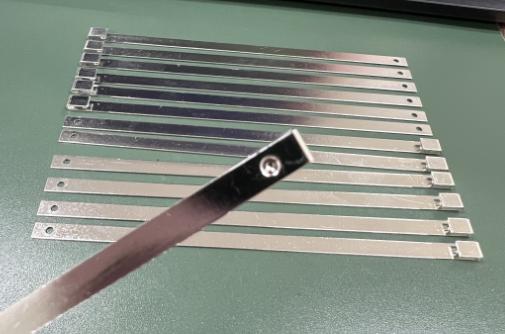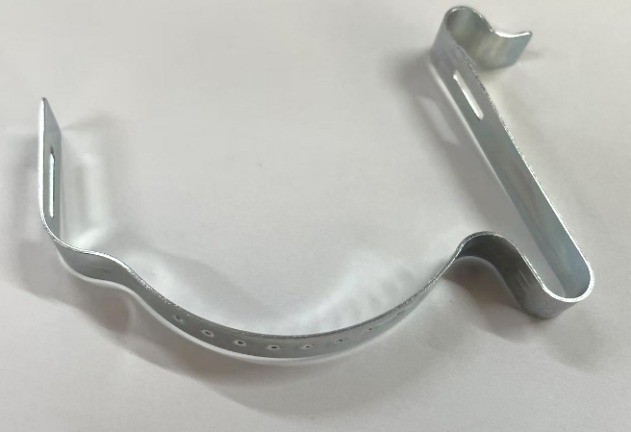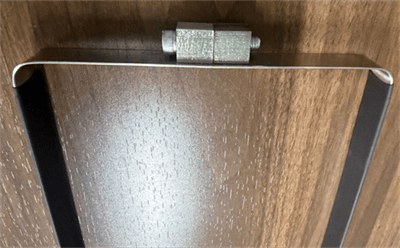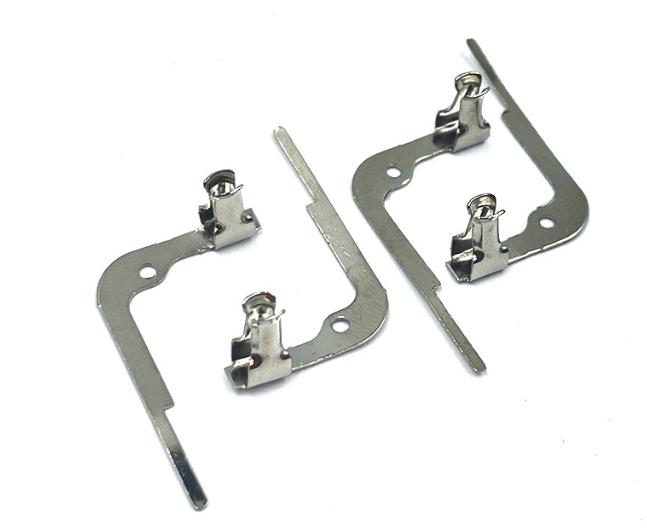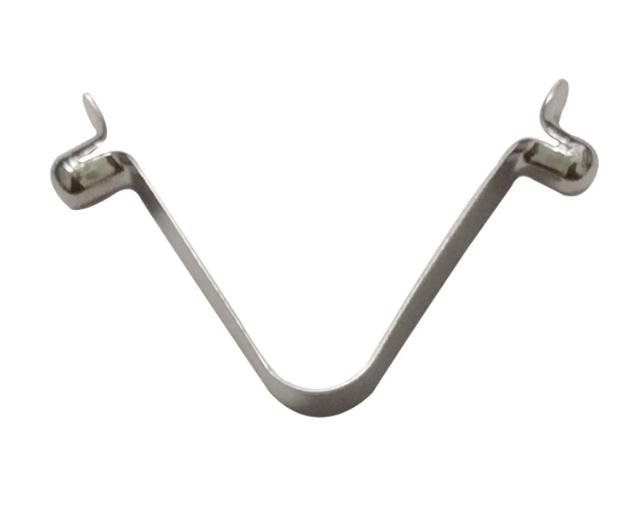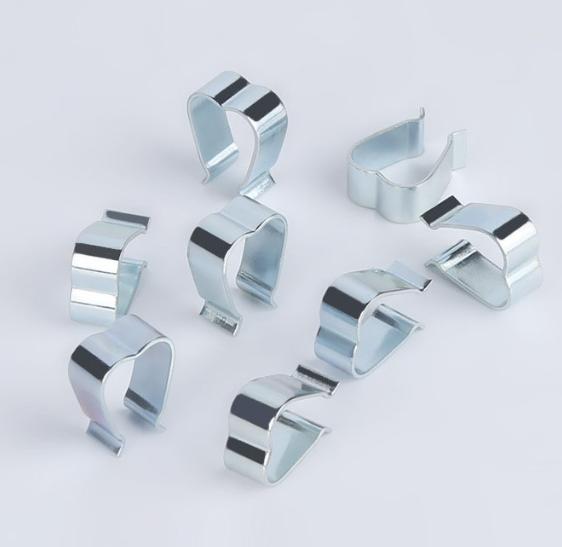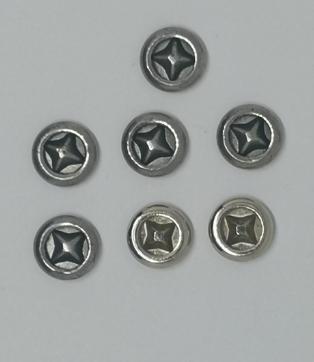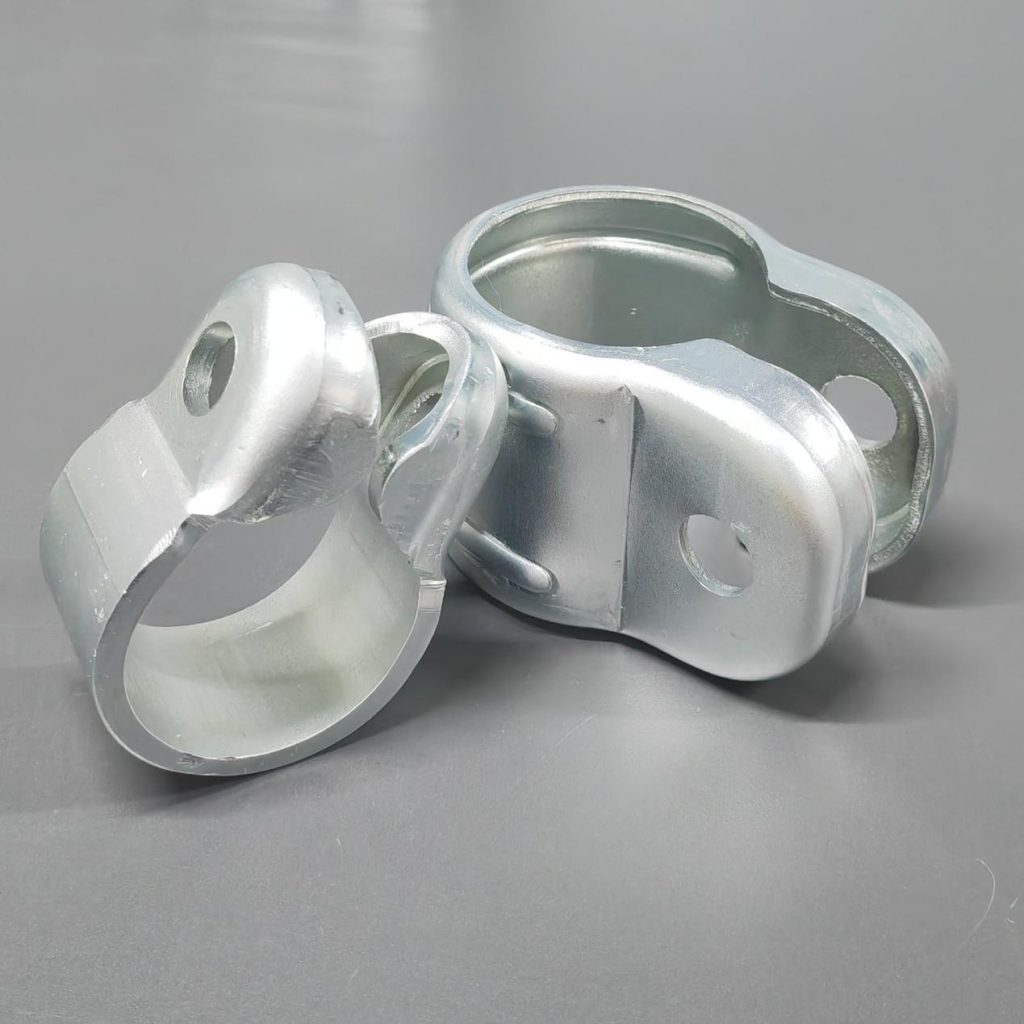What are Important for Stamping Die Design
Stamping dies are unique and custom tools crucial in the manufacturing process of stamped parts. Unlike store-bought items, they lack assembly, operation, and maintenance instructions. Any oversight in handling these dies can result in catastrophic mold and stamping failures. In this article, we will delve into the essential aspects of stamping die design, starting with the determination of the manufacturing process for stamped parts.
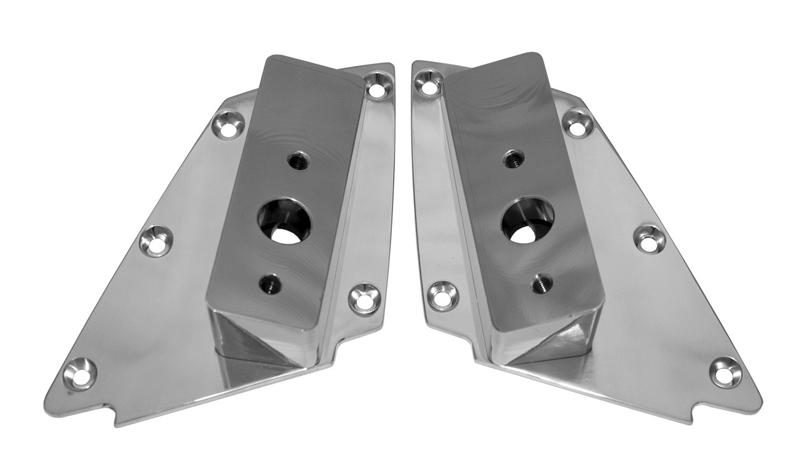
Is the Part Suitable for Stamping Die Design
Prior to delving into the design and manufacturing phases of a die, it is essential to ascertain the suitability of the part for sheet metal stamping. Numerous parts come with dimensional and tolerance specifications that cannot be accommodated through conventional stamping techniques. In such cases, alternative manufacturing methods, like casting followed by machining to meet the required tolerances, become necessary.
Evaluating whether a part is suitable for stamping requires years of experience. The feasibility of stamping a part does not automatically imply that it is the optimal choice. Sheet metal stamping dies are typically employed for generating large quantities of parts. However, for smaller production volumes, opting for more cost-effective methods such as bending, folding, welding, and machining might be a pragmatic approach.
Process Engineering and Stamping Die Design
Distinguish between stamping die designers and process engineers. Process engineers establish the sequence of steps necessary to transform flat sheet metal from a blank into a finalized part, whether utilizing a single-station progressive die or a 40-station transfer die. This step significantly influences the success or failure of a stamping operation; any inaccuracies in the manufacturing process, even in a single forming or cutting operation, can lead to the failure of both the die and the stamping process.
On the other hand, stamping die designers focus on devising the mechanical methods to carry out these process steps with optimal ease. They determine the type of tool steel, die geometry, and die length. In many cases, seasoned die designers also assume the role of process engineers, responsible for determining the necessary number of steps for part production and designing the mechanical processes accordingly.
Part Geometry and Material Analysis for Stamping Die Design
Before determining the steps needed to produce the part, a thorough analysis of the part print is essential. This involves a careful examination of the part’s geometry, specified tolerances, and the type and thickness of the material. The significance of the last two factors cannot be overstated, as they play a crucial role in shaping the manufacturing process steps and tool design. It is unwise to assume that the part can be crafted from the specified material simply because it is designed for it.
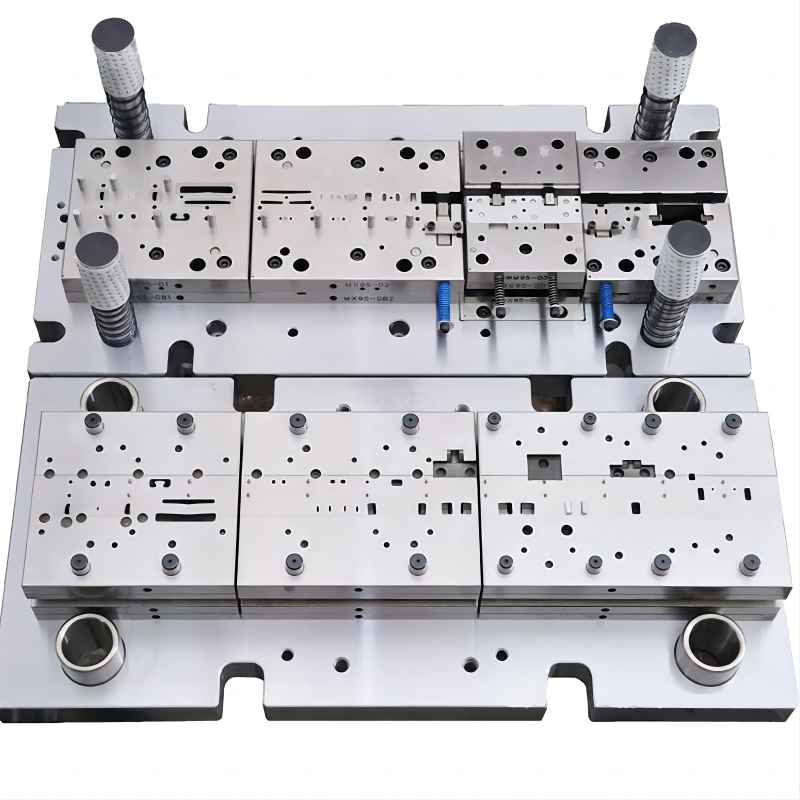
To make informed decisions about the required process steps for manufacturing the part, both the process engineer and die designer must comprehend how the chosen part material impacts the process and tool design for stamping dies. The part material has implications for:
- Die material.
- Die length.
- Press tonnage.
- Lubricant type and application.
- Die section and part thickness and geometry.
- The need for secondary operations, such as annealing.
A myriad of ferrous and non-ferrous metals with distinct characteristics is available, ranging from titanium to gold, and each metal type presents its unique properties. While it’s feasible to stamp virtually any material, it’s crucial to recognize that materials differ significantly. For instance, attempting to form aluminum with the mindset of low-carbon drawn quality steel may lead to challenges, not because aluminum is inherently problematic but because it possesses different attributes.
When dealing with parts requiring considerable stretching or stretchability, it is imperative not to proceed without sufficient data. Simply knowing that a material is 1018 steel is insufficient. Instead, delve into details such as the material’s tensile strength, yield strength, elongation, and, if possible, the average n value (indicating the steepness of the stress-strain curve) and the average r value (representing the ratio of true width strain to true thickness strain at a specific length strain value). Determine if the metal has a coating or pre-coating. For non-ferrous metals, ascertain whether it is fully hard, extremely soft, or semi-hard. If the intention is to draw the metal, inquire about its drawability.
Bear in mind that specialty high-strength steels like dual-phase or TRIP phase tend to exhibit more springback compared to low-strength materials. Being aware of this in advance enables you to address springback issues by incorporating additional stations. It is advisable to steer clear of developing a general-purpose tool intended for forming a variety of metals without altering the die.
A sound die design commences with a robust process for producing the part. Many stamping failures stem from improper processes for part fabrication rather than flawed die design. Often, the critical forming and cutting steps are overlooked. The key lies in establishing a specific plan for crafting the part before delving into the die-making process.
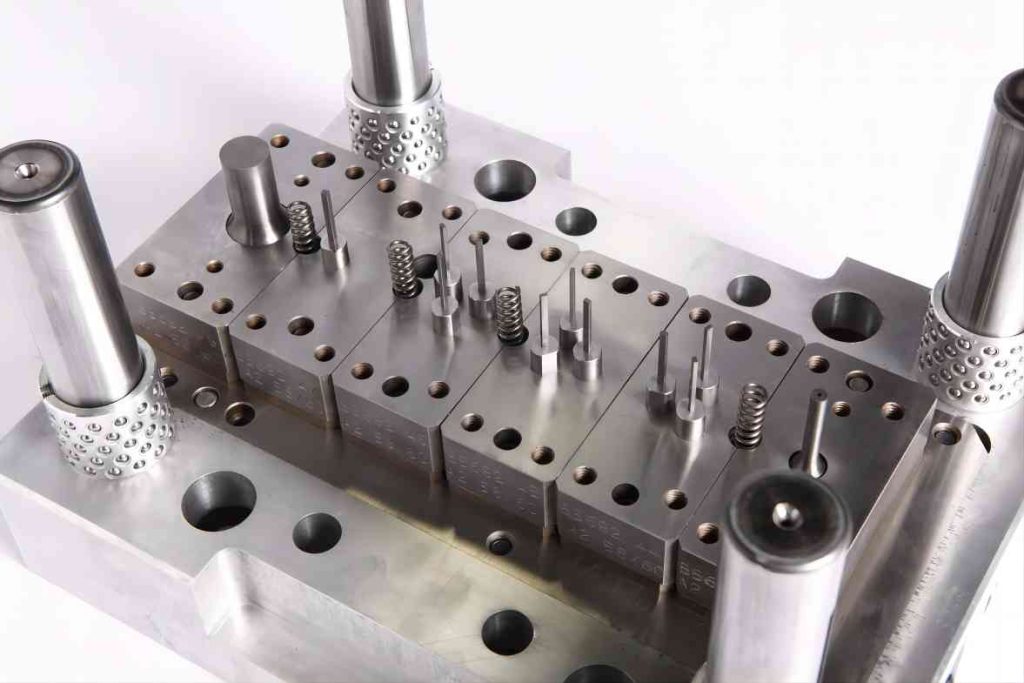
Conclusion
Stamping die design is a complex and critical aspect of the manufacturing process, requiring a deep understanding of the part, materials, and processes involved. From the initial consideration of whether stamping is the right process for the part to the detailed analysis of part geometry and material characteristics, each step plays a pivotal role in the success of stamping operations. The collaboration between process engineers and die designers, drawing on years of experience, is essential in ensuring the efficient and effective production of stamped parts. Always remember to “think like metal” and prioritize a comprehensive understanding of the part’s requirements before delving into the intricacies of die design.

